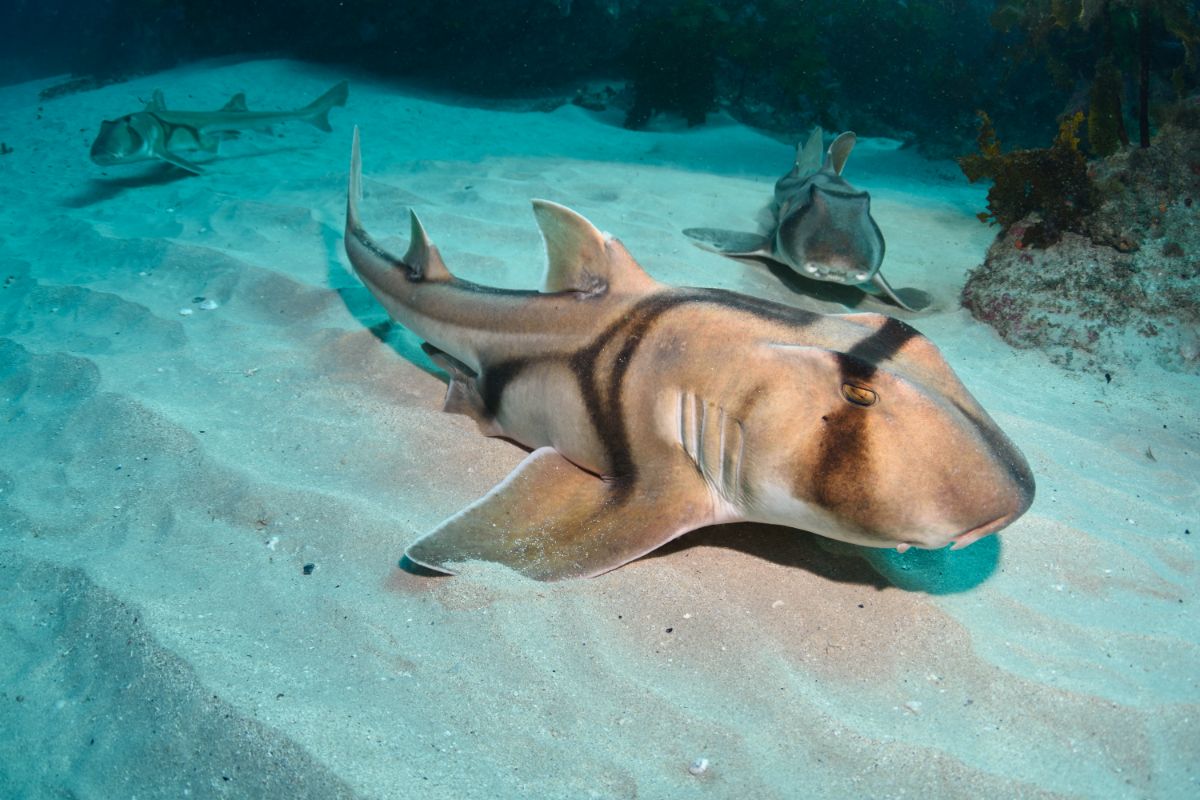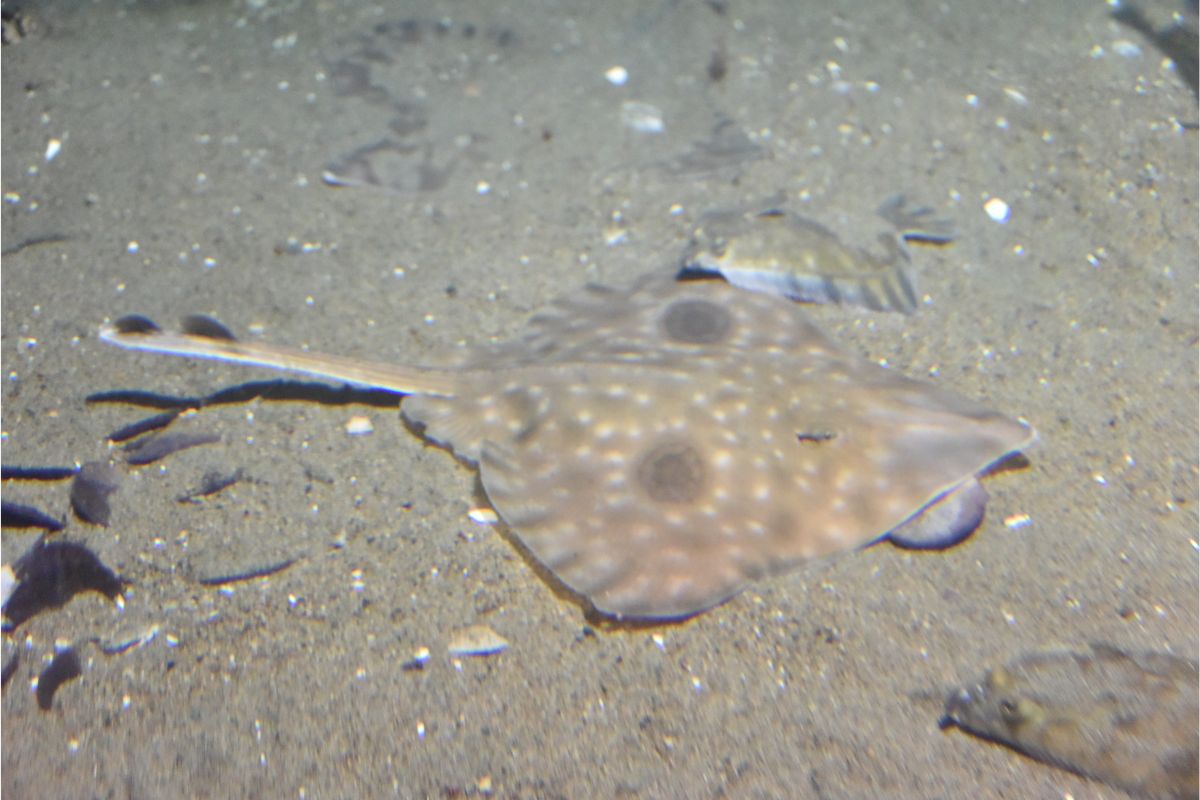When we think of sharks, we immediately associate them with being the kings of the ocean, and one of the apex predators from anywhere on our planet, but don’t go thinking these sharks are all unique now.
There’s actually over 600 different species of rays and skates, that are closely related to sharks, and then there’s chimeras, which are also closely related to sharks.

In this article we’ll be breaking down these different relatives of sharks, and what makes them different from regular sharks. Let’s get started.
Chondrichthyan
Chondrichthyans is the term given to the overall group of all of these types of animals together. This group includes sharks, rays, skates, and chimeras, which can all be referred to as chondrichthyans.
The main characteristics of this group include a skeleton that’s cartilaginous instead of being bony, and many smaller features like large jaws, paired fins, paired nares and hearts with two chambers.
From this large group, we can identify two smaller subgroups which are called elasmobranchii (Sharks, Rays, and Skates) and Holocephali (The Chimera, or otherwise called Ghost Sharks)
Skates And Rays
Of all of the different types of subspecies that belong to the chondrichthyan family, skates and rays are the easiest to get confused between.
This is because they both look relatively similar, and will travel along the ocean bed with their flat and wide bodies. Let’s take a closer look into the differences between these creatures:
Skates

Skates will have a much stockier tail than rays have, and have 2 pelvic fins consisting of 2 lobes.
They have enlarged scales that will run along the middle and the back of their tail, and sometimes these scales can be seen running along the sides of the skates body too.
Males will usually have these elongated scales running around the tips of their fins, and near their eyes too. Skates are decidedly duller in color, and will always be a dull brown or grayish color.
They also like to live in deeper waters than rays do, and produce their offspring by releasing fertilized eggs in a protective sac. This then hatches 6 to 9 months later.
Rays

Differing themselves from skates, rays have very short, and thin tails with spines that can electrocute or sting attackers and prey alike.
As well as this their pelvic fin only has 1 lobe, and they have none of these elongated scales on their body anywhere. They enjoy shallower and warmer waters than skates do.
And will often have vibrant colors and patterns that decorate their bodies.
Of all the different types of rays, the manta is the largest, and can weigh up to a total of 1300 pounds, which completely dwarfs the skate in comparison.
They also give birth to their young whilst they’re alive, rather than leaving their fertilized eggs in a protective sac.
Sharks Rays And Skates
Sharks, rays, and skates all have a specific type of scale called placoid scales. If you stroked their skin in a certain direction, it would feel extremely rough, which is why shark skin is sometimes used as rudimentary sandpaper.
These placoid scales are used by all three of these species because they reduce turbulence on the creature, which allows them to go at a greater speed, without using as much force in the water.
Chondrichthyes breathe using gills instead of lungs, and have between 5 and 7 pairs of gill slits, instead of the single pair that most bony fish have.
Skates and rays live in every ocean of the world, and can live anywhere from 6 meters all the way down to 3000 meters all the way below the surface of the water. They’re especially common where rivers meet oceans.
Chimeras
Chimeras also live on the ocean floor, at massive depths like 2500 meters down. Although they have been known to live much closer to the surface in some cases.
They’re usually brown, black, or gray, and have decorative spots that line the surface of their bodies. Chimeras are equipped with a poisonous spine just in front of their dorsal fin, which they use for self-defense.
- Is It Possible For A Shark To Swim Backwards? - August 2, 2022
- Are Leopard Sharks Dangerous? - August 2, 2022
- What Are The Differences Between Shark And Dolphin Fins? - August 1, 2022








